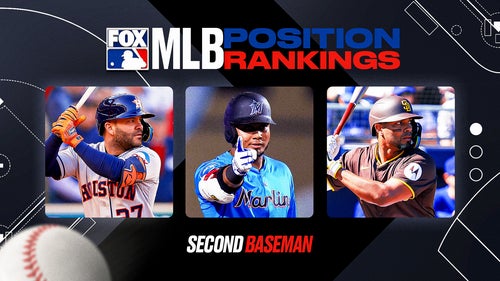
Cincinnati Reds prepare for life under the new collective bargaining agreement as luxury threshold is raised

The Cincinnati Reds see competitive balance take a step back under the new collective bargaining agreement.
The Cincinnati Reds are nowhere near the luxury threshold for 2017. The threshold is set at $195-million. The Reds are expected to have a salary cap number somewhere around $87-million in 2017 once the arbitration cases for Billy Hamilton, Tony Cingrani, Zack Cozart, and Blake Wood are accounted.
The qualifying offer system is changing to the detriment of the smaller teams. Now players can only have the qualifying offer applied to them once in their entire career. If a team has a player that already was a qualifying offer player, then they get no qualifying compensation.
Beginning next off-season, first round picks will no longer be qualifying offer compensation unless a team has more than one first round pick. The team signing the free agent will forfeit its second and fifth highest draft pick. If the same team signs a second free agent that declined a qualifying offer, the team will forfeit its third and fourth highest pick.
The team receiving the pick no longer gets the pick from the team that took the player directly. Instead most teams will get a sandwich pick after the second round with some additional complex rules. A team that exceeds the luxury threshold will get sandwich picks after the fourth round.
The Cincinnati Reds will have to time their contracts to move up, but avoid getting close to the luxury threshold.
The threshold number is the amount that most MLB teams can afford to pay based on local TV, tickets and national TV money. The number seems a little high for the Reds, but they are close to getting more money from their local TV deal. The Reds need to add $13-million to their salary just to join the caste of respectability.
For the Reds to take advantage of the way the luxury threshold works, they could front load, back load, and peak load their contracts to make sure that they never get close to the number. Most MLB contracts are either level pay, the same rate throughout the deal. Many are also increasing value, more money each year of the deal. The Reds could pay some young players front loaded deals where the deal pays less as the player gets better.
A peak load is when the rest of the contract is level. The middle year is worth double the rest of the years or more. The peak season matches up with low contracts year for the rest of the roster.
Want your voice heard? Join the Blog Red Machine team!
The Reds may not be able to afford getting close to the threshold. They may not have a free agent any time soon that is worth a qualifying offer. They just need to be ready to take advantage of the CBA changes when they finally are competitive again.
More from Blog Red Machine
This article originally appeared on




